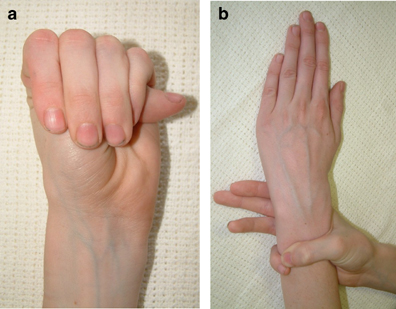Marfan syndrome an autosomal dominant genetic disorder of the connective tissue caused by mutations in the FBN1 gene on chromosome 15. People with Marfan's tend to be unusually tall, with long limbs and long, thin finger with dislocated lenses and aortic root dilation
FBN1, which encodes a connective protein called fibrillin-1
The Fibrillin 1 protein is essential for the proper formation of the extracellular matrix including the biogenesis and maintenance of elastic fibers. The extracellular matrix is critical for both the structural integrity of connective tissue but also serves as a reservoir for growth factors
In addition to being a connective protein that forms the structural support for tissues outside the cell, the normal fibrillin-1 protein binds to another protein, transforming growth factor beta (TGF-β)..TGF-β has deleterious effects on vascular smooth muscle development and the integrity of the extracellular matrix.Secondary to mutated fibrillin there is excessive TGF-β at the lungs, heart valves, and aorta, and this weakens the tissues and causes the features of Marfan syndrome.
Lens Dislocation:
In Marfan's the dislocation is typically superotemporal whereas in homocystinuria, the dislocation is inferonasal.
The Steinberg sign & Walker-Murdoch sign.
THE STEINBERG SIGN (a):
This test is used for the clinical evaluation of Marfan patients.
Procedure:
Instruct the patient to fold his thumb into the closed fist. This test is positive if the thumb tip extends from palm of hand (see figure a).
Instruct the patient to fold his thumb into the closed fist. This test is positive if the thumb tip extends from palm of hand (see figure a).
THE WALKER-MURDOCH SIGN (b):
This test is used for the evaluation of patients with Marfan syndrome.
Procedure:
Instruct the patient to grip his wrist with his opposite hand. If thumb and fifth finger of the hand overlap with each other, this represents a positive Walker-Murdoch sign (see figure b).
Instruct the patient to grip his wrist with his opposite hand. If thumb and fifth finger of the hand overlap with each other, this represents a positive Walker-Murdoch sign (see figure b).
Courtesy: http://palmreadingperspectives.wordpress.com/2011/05/20/hands-signs-in-marfan-syndrome-thin-fingers-hand-shape-hypermobility/ and wikipedia


No comments:
Post a Comment